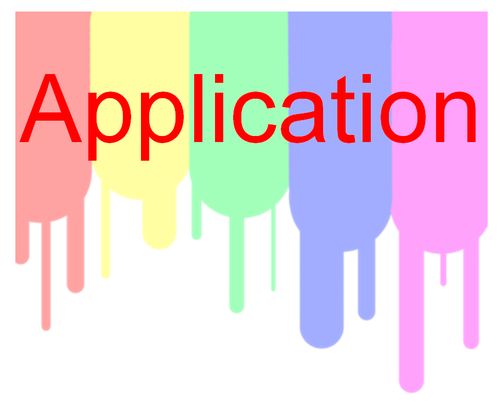 John Dixon
John Dixon
Background: How juries can be persuaded by the characteristics of witnesses and defendants
Key Study: Dixon et al. (2002) The Role of Accent and Context in Perceptions of Guilt.
Strategy: Influence jury decision making
Key Study: Dixon et al. (2002) The Role of Accent and Context in Perceptions of Guilt.
Strategy: Influence jury decision making
Background: Juries can be swayed by a range of characteristics of the defendant, such as:
Background: Research
- Accent
- Age
- Amount of jewellery
- Attractiveness
- Cleanliness
- Clothing
- Facial hair/clean shaven
- Gender
- Height
- How clearly spoken they are
- Race
- Tattoos
Background: Research
- Dion et al. (1972) suggest that when someone is attractive, we tend to assume that they have other positive traits as well (e.g. kindness, generosity, friendliness). This is known as ‘the halo effect’. In courts, psychological research has shown the halo effect to influence verdicts made by juries.
- Stewart (1985) found that when 60 photos of criminals were shown to participants they tended to give less punishment to the ones they rated as more attractive.
- Sigall and Ostrove (1975) used 120 college students to read an account of a crime. One group read that the crime was burglary and the other read the crime was fraud. Results showed that when the attractive defendant was accused of fraud they were more likely to be punished more harshly.
Dixon et al. (2002) Accents of Guilt: Effects of Regional Accent, Race, and Crime Type on Attributions of Guilt
Previous research and context to the study
Social psychological research in this area e.g. Halo Effect
Hypotheses
Participants
Research method
Lab experiment. IVs:
Procedure
Collection of Data: two rating scales
Results
Conclusion
A range of social psychological factors can influence perception of a suspect’s guilt including accent, race and type of crime.
Previous research and context to the study
Social psychological research in this area e.g. Halo Effect
Hypotheses
- ‘Brummie’ suspect would get stronger attributions of guilt than standard accent.
- The study also looked at influence of the race of the suspect and crime committed.
Participants
- 119 white undergraduate psychology students from Uni of Worcester
- 24 m, 95 f with a mean age of 25.2 years.
Research method
Lab experiment. IVs:
- Accent (Birmingham/standard)
- Race
- Type of crime (armed robbery/cheque fraud)
Procedure
- Ps listened to a 2-minute recorded transcript (based on a real case). In all conditions the conversation was between a middle-aged male police inspector and a young male suspect
- Matched guise procedure to manipulate accent
- Race manipulated by contextual cues in the transcript
Collection of Data: two rating scales
- Suspect’s level of guilt from ‘innocent’ to ‘guilty’ on a 7-point scale
- Speech Evaluation Instrument (measuring Superiority, Attractiveness and Dynamism).
Results
- The ‘Brummie’ suspect was rated lower on superiority
- The ‘Brummie’ suspect was rated as more guilty (moderate strength)
- There was an interaction between Brummie accent/black suspect/blue collar worker with significantly higher guilt findings for this combination of variables
- Suspect’s ratings of guilt were predicted by higher ratings of ‘Superiority’ and ‘Attractiveness’.
Conclusion
A range of social psychological factors can influence perception of a suspect’s guilt including accent, race and type of crime.
Juries can be swayed by a range of characteristics of the defendant, such as:
Strategy for Defence team to prepare defendant
Strategy for Prosecution or Defence to prepare witnesses
- Accent
- Age
- Amount of jewellery
- Attractiveness
- Cleanliness
- Clothing
- Facial hair/clean shaven
- Gender
- Height
- How clearly spoken they are
- Race
- Tattoos
Strategy for Defence team to prepare defendant
- HOW - Where possible, adjust the presentation of the defendant (haircut, no jewellery, professional clothing, cover tattoos, etc.)
- WHY – Stewart - less punishment was given to defendants rated as more attractive
- HOW – where possible, present the defendant in a suitable way according to their crime
- WHY - Sigall and Ostrove – attractive defendant more likely to be found guilty of fraud.
- HOW – where possible, train the defendant to speak with a neutral accent
- WHY – Mahoney & Dixon – standard accent less likely to be seen as guilty.
Strategy for Prosecution or Defence to prepare witnesses
- HOW - familiarise them with the court setting beforehand
- HOW - explain the procedures on the day
- HOW - do a practise questioning session with them
- WHY - Penrod & Cutler showed that witness confidence is important in whether the jury believes them or not.




